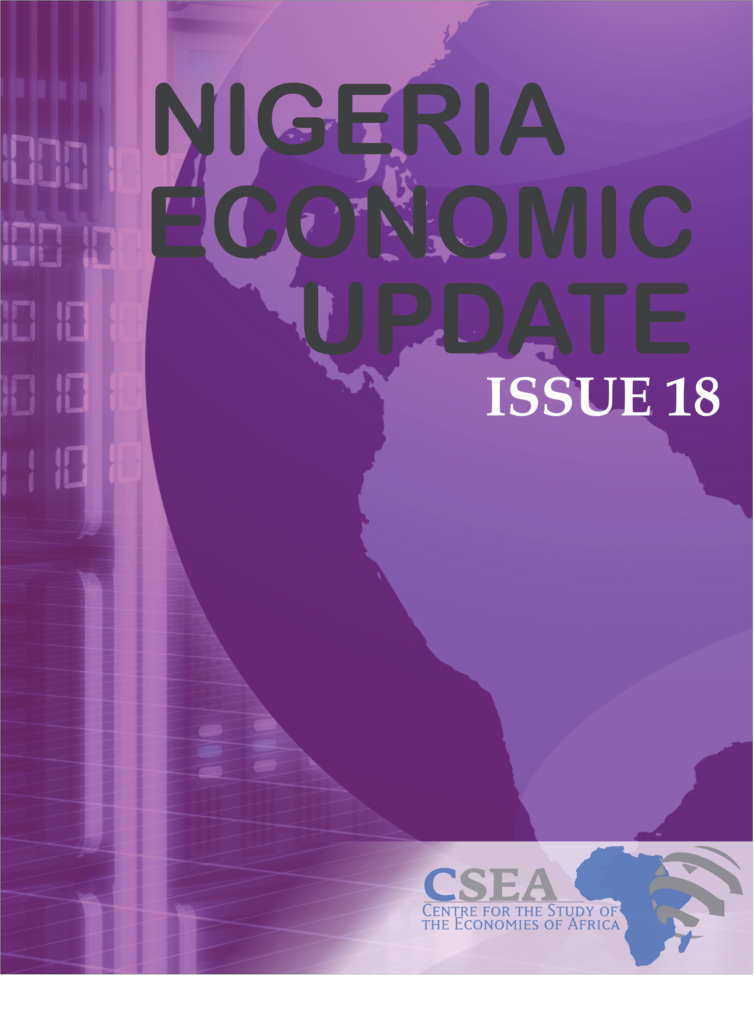According to the World Bank, poverty level in Nigeria increased in 2017 with almost half the Nigerian population living in extreme poverty. As stated in the “Nigeria Biannual Economic Update” report, approximately 49.2 percent of Nigeria’s population live below the PPP $1.90 per capita per day poverty line in 20171 – an uptick of 0.8 percentage points. Particularly important is that despite emergence from recession in 2017, poverty and unemployment levels increased. The World Bank suggests that prospects for poverty reduction have been jeopardized by limited connective infrastructure, and policy makers’ inability to identify interventions best suited for development potentials.
Macroeconomic Report & Economic Updates

May 31, 2018
Nigeria Economic Update (Issue 18)
According to the World Bank, poverty level in Nigeria increased in 2017 with almost half the Nigerian population living in extreme poverty. As stated in the “Nigeria Biannual Economic Update” report, approximately 49.2 percent of Nigeria’s population live below the PPP $1.90 per capita per day poverty line in 20171 – an uptick of 0.8 […]
Read →
Related
Nigeria Economic Update (Issue 2)
Recent ranking by the World Bank, portrayed Nigeria as having a poor business environment based on the ease of doing business in 2016. Although, Nigeria moved one position forward from previous (2015) ranking, to attain the 169th position out of the 190 global economies reviewed4. This poor rating is resultant of a myriad of factors, including: difficulties in starting a business, enforcing contracts, inaccessibility to credit, tax payment issues, as well as unreliable supply of energy, and labour market regulations. Going forward, improving the efficiency of tax administration by adopting the latest technology to facilitate the preparation, filling and payment of taxes will be beneficial for the business community.
Nigeria Economic Update (Issue 35)
Recent report in the media highlights that Nigerias
GDP has dropped to $296 billion in 2016, in contrast to the $481 billion
recorded in 20151 and Nigeria has lost its position as Africas
largest economy to South Africa. This conclusion was based on the computation
of GDP with current naira-dollar exchange rate. However, while the naira has
significantly lost its official value since the adoption of a flexible exchange
rate, estimating GDP merely with a single exchange rate figure (rather than its
yearly average) cannot be regarded as an appropriate method to conclude on Africas
largest economy.
